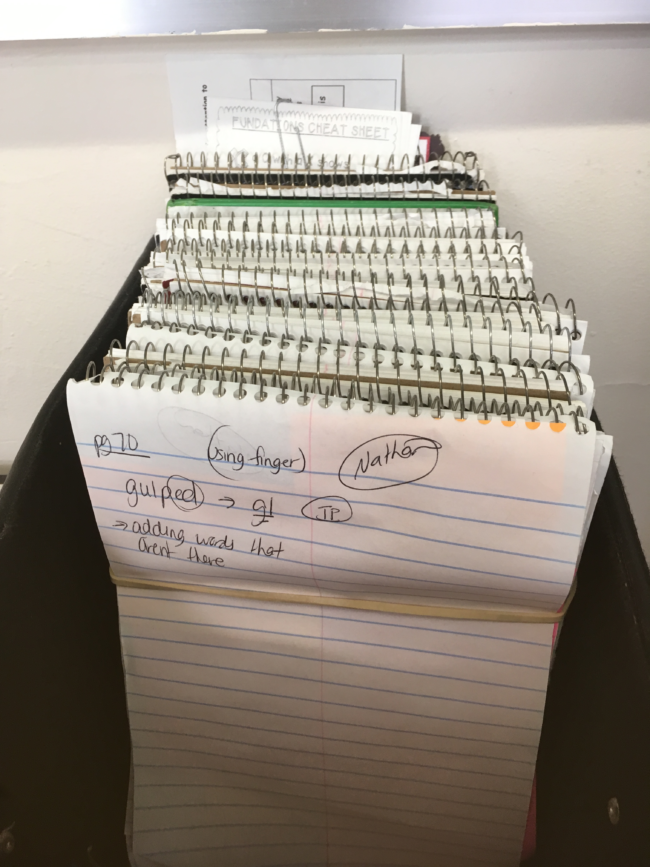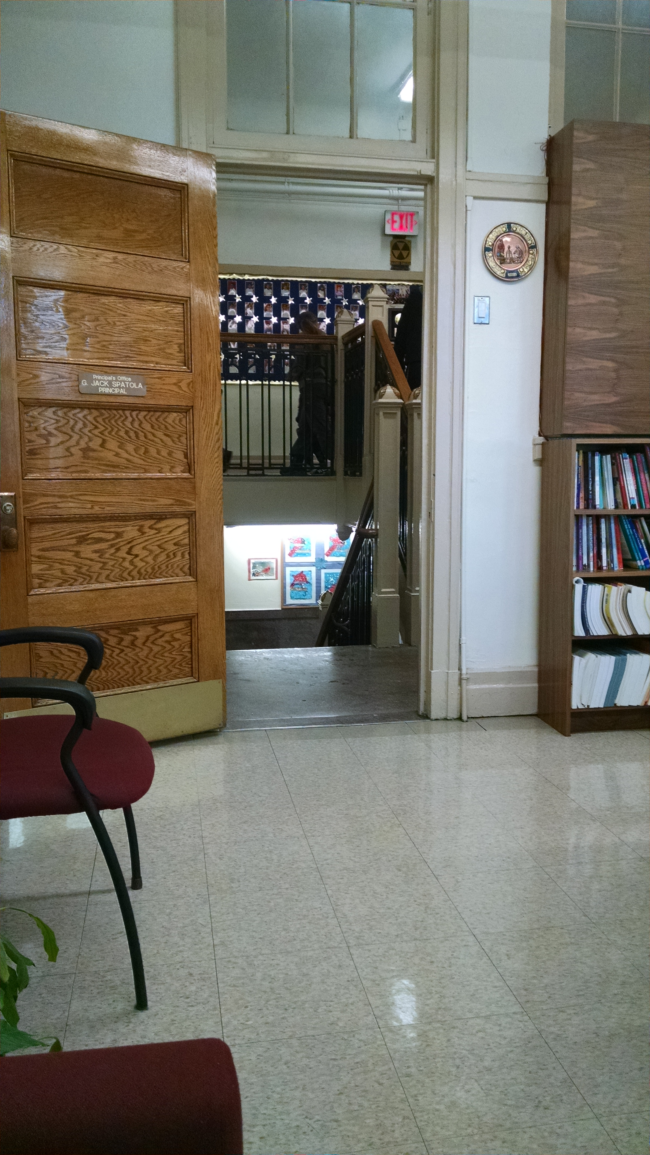02.14.17A Post Card from High-Performing PS 172
Earlier this year Teach Like a Champion team-members Hilary Lewis, Erica Woolway and John Costello visited PS 172 in Brooklyn as part of our efforts to study what high-performing schools and teachers do differently. John shared these notes:
I’m always excited when New York State releases their end-of-year data. The excel spreadsheet is massive. New York’s 2015-16 release boasted 436,465 rows of data – my laptop overheats when I sort it. The data helps us find “bright spots”- schools where students scored in the top echelon of schools in the state despite 80% or more of those students living below the poverty line.
Sometimes the top 25 bright spots for ELA in New York State contain high fliers we’re quite familiar with. Other times they contain selection in disguise- schools with selective admissions. But sometimes the data reveal a school that we don’t know and whose results cannot be explained by selective admissions. Among these–above most others in fact–was a little district school in Brooklyn called PS 172. The school’s presence at the top of the list was not a fluke. PS 172 was there last year too, and the year before that. They were the brightest bright spot in 5th grade ELA, the brightest spot in 4th grade ELA, and the second brightest spot in 3rd grade ELA. Out of 14,000 grade levels, they featured in the second, third, and seventh spots in math. Something is different at PS 172, across years, grade level, and content area. Given the data we asked to pay a visit to PS 172 and Principal Jack Spatola graciously agreed.
We were impressed right away. Consistent results appeared to have been achieved in large part through team work and we noticed how the entire staff was usually on the same page, sometimes literally. In every classroom we found a collection of notebooks, one dedicated to each student. Whenever someone read with a student (anyone from the assistant principal to a student teacher) they recorded their interaction in a dedicated notebook for that student. This kept everyone else up-to-date on that student’s reading progress.

Everyone on the Same Page
The administration made a point of showing constant support for teachers, student teachers, and “teaching assistants” (signifying that they too are teachers, all assisting in the teaching) and the teachers said they felt valued and respected, noting that Spatola’s door was always open- figuratively and, on the day we visited, literally, too. And we saw shades of the famous Toyota Way, where any teacher can flag a system or curriculum decision that they think isn’t working, triggering a review by the administration. Teachers are paid to meet during the summer to review their lessons, even the ones that went well, and help one another tweak the content so that it’s even stronger for the coming year. Teacher retention is high. In a city where it’s rare for a teacher to work with poor students for more than three years, teachers at PS 172 are still referred to as “new” into their fifth year.

Open Door: Symbol of Success
We definitely saw some great technique as well. In the classrooms we observed, teachers had developed excellent Habits of Discussion. Using strong systems, teachers allowed students to “volleyball” questions back and forth to one another, stepping in only to keep the discussion disciplined and “inside the box.” By 2nd grade, these HoD systems were fully implemented, enabling the rich discussion we saw in 3rd and 4th grade. We also saw examples of What To Do, Explicit Vocabulary, and Close Reading.
Growth mindset–for the the adults as much as the students–struck us as another key to the school’s success. Although we didn’t hear ’t specific mention of Carol Dweck, it was clear that the professional culture at PS 172 keenly valued a growth mindset. Spatola has been principal of PS 172 for 31 years, and he still identifies as someone who is eager to learn. He hires teachers who have a similar, indefatigable desire to learn more and get better at their job. He believes the purpose of learning is to help people make good decisions. He told us that he wanted to learn himself so he makes good decisions for students, wants teachers to learn so they make good decisions for students, and wants students to learn so they can make good decisions for themselves. Just as Spatola was visibly proud of his school, he was also hungry for feedback on what he could do better – asking us for our advice and adding it to what he’s learning from other charter schools, neighboring districts, foreign departments of Education, Schools of Education and the latest articles in AERJ. We’re eager to continue learning from PS 172 as well.
